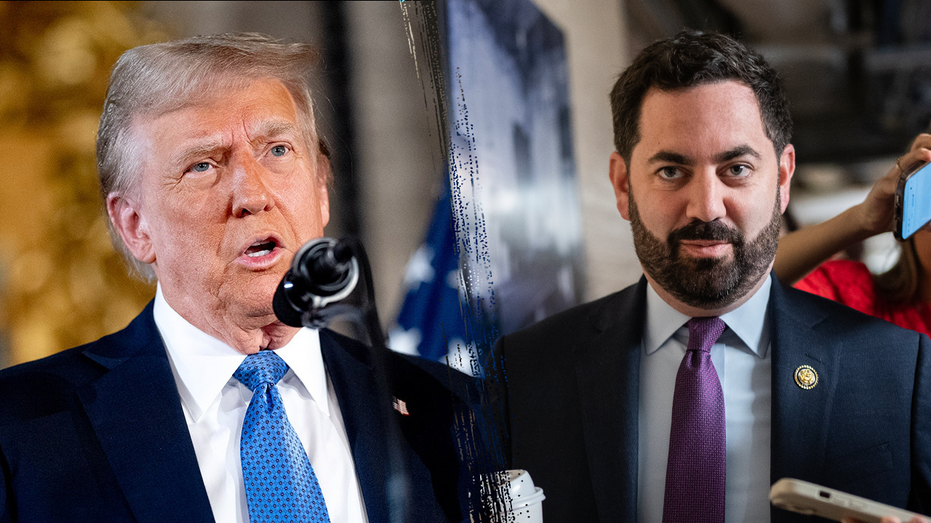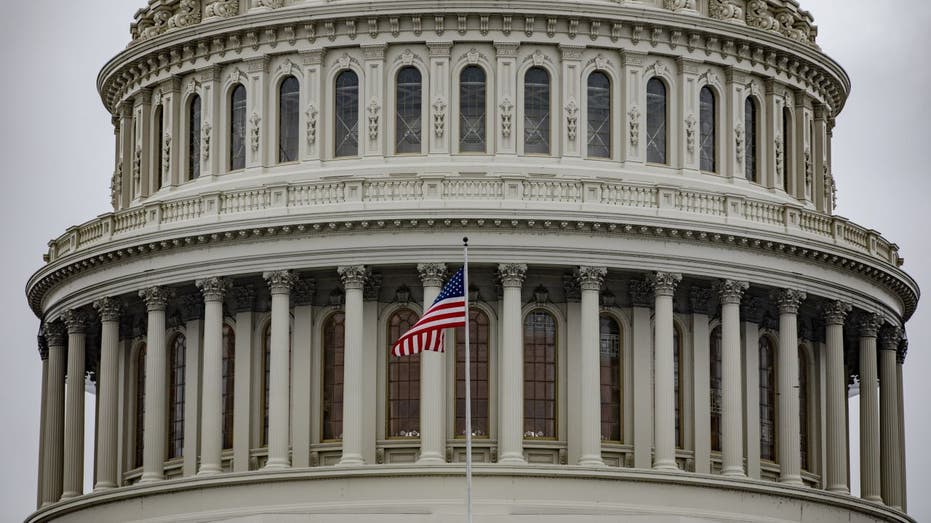Baked into House Republicans’ sweeping tax package is an increase to the federal deduction for state and local taxes, a change that top earners will likely benefit the most from.
Republicans in the lower chamber advanced their version of President Donald Trump’s “big, beautiful bill,” after making his first-term tax cuts a focal point of the colossal package.
SPEAKER JOHSON REACHES TENTATIVE DEAL WITH BLUE STATE REPUBLICANS TO BOOST CAP ON SALT DEDUCTION
Tucked into the tax portion of the sweeping reconciliation bill is an increase to the state and local tax (SALT) deduction cap pushed for by blue-state House Republicans from New York, New Jersey and California. Members of the so-called SALT Caucus argued that without an increase to the cap, Republicans could lose control of the House.
“The fact is, is that this bill adequately addresses the cap on SALT and provides tax relief to hardworking middle-class families,” Rep. Mike Lawler, R-N.Y., said ahead of the vote on Thursday to advance the budget reconciliation package.
The increase under consideration by the Republican-controlled Congress and White House would see the cap cranked up to $40,000 beginning in 2025 for both single and married filers making up to $500,000 per year. The deduction would drop for people making over the $500,000 mark to a minimum deduction of $10,000. Both the cap and income ceiling would increase annually by 1% from 2026 to 2033.

The House GOP’s tax legislation was just one part of the sweeping mega-bill, which also included Trump’s priorities on defense, energy, immigration and the national debt. However, it is also the most expensive portion of the bill.
NATIONAL DEBT TRACKER: AMERICAN TAXPAYERS (YOU) ARE NOW ON THE HOOK FOR $36,214,475,432,210.84 AS OF 5/21/25

Republicans’ bid to prevent the president’s tax policies from expiring by the end of this year is expected to cost north of $3.7 trillion over the next decade, according to a report released on Thursday by the Joint Committee on Taxation.
Lawmakers argue that the expected economic growth from maintaining the tax policies, coupled with a goal of at least $1.5 trillion in spending cuts over the same time period, will begin to put a dent in the nation’s over $36 trillion debt.
Additionally, the proposed increase could cost roughly $350 billion over the next decade, according to a University of Pennsylvania Penn Wharton Budget Model analysis of House Republicans’ tax package released on Friday.
SALT was initially capped at $10,000 as a way to, in part, pay for the president’s 2017 tax cuts. Lawmakers in the SALT Caucus pitched an increase to the cap as a way to create fairness and more tax relief for their constituents.
Taxpayers with higher incomes who are more likely to itemize their deductions are expected to benefit the most from the increased SALT cap, too. The nonpartisan Tax Foundation found in an analysis released on Tuesday that increasing the cap would also “primarily benefit higher earners.”

Increasing the SALT proved a contentious issue in the House, where SALT Caucus members threatened to tank the reconciliation package unless their demands were met. Whether the proposed cap increase survives in the Senate is in the air, given that no Senate Republican hails from a blue state.
The expected multibillion-dollar price tag associated with a cap increase could pose a thorny issue for fiscal hawks in the Senate GOP, too, who have vowed to seek even deeper spending cuts than their counterparts in the House.
Read the full article here















